The 7th IRNOG meeting saw the local community continuing its efforts to expand beyond the capital. With a diverse lineup of talks on topics from IPv6 and MPTCP to network security and AI-driven automation, IRNOG 7 reflected the NOG's growing national presence and its role in fostering collaboration and technical excellence in the Iranian Internet community.
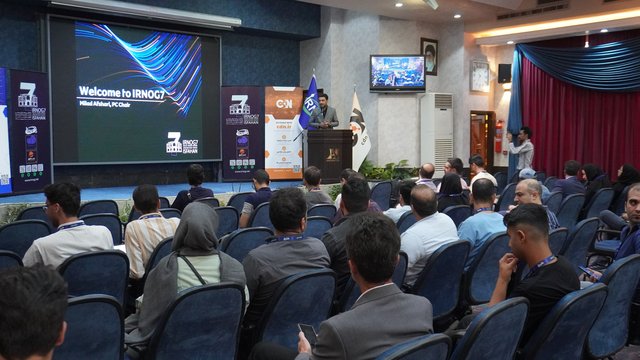
The Iranian Network Operators Group (IRNOG) has been steadily growing as a national technical community since its founding in 2017. While its early events were centred in Tehran, recent years have shown a strong push to decentralise and engage more engineers, operators, and experts from across the country. The 7th IRNOG meeting, held in May 2025 in Isfahan, followed last year’s successful shift to Shiraz and once again demonstrated that Iran’s Internet infrastructure community is broader, more connected, and more collaborative than ever.
With over 260 participants attending in person and many more joining online, IRNOG 7 was a platform for sharing real-world experiences, exploring emerging technologies, and strengthening the professional bonds that keep the Iranian Internet running. In this article, I’ll walk through some of the highlights from the event, including the technical talks, community milestones, and the growing role of IRNOG as a space for peer learning and cooperation.
Event overview
The 7th IRNOG meeting took place in Isfahan and brought together around 260 people working in Internet infrastructure, networking, data centres, and related fields. The event was held both in person and online, making it easier for more people from across Iran to take part.
While the main focus was on technical presentations, one of the most valuable parts of IRNOG is the chance to meet others, share ideas, and talk about real-world problems and solutions. These conversations - during breaks, in the hallways, and over coffee - are an important part of building stronger connections between people who work in this field.
Milad Afshari, the PC Chair and one of the co-founders of IRNOG, opened the event by talking about how the group started in 2017. He explained that IRNOG is a community of network professionals — not a company or government group — built to help people share knowledge and solve technical challenges together. He also mentioned that about half of the attendees at each event are new, which shows that the community is growing and attracting more people every year.
Technical presentations
The agenda for IRNOG 7 included a wide range of talks from both local and international experts. These presentations focused on real-world technologies, best practices, and lessons learned from working in complex network environments.
Ehsan Ghazizadeh presented on “Multi-Path TCP: Revolutionizing Connectivity”, explaining how MPTCP allows using multiple network paths at the same time. This improves connection stability and performance—especially important for critical services like banking apps and real-time communications.
Emile Aben from RIPE NCC joined remotely to talk about How the Internet Routed Around Damage in the Baltic Sea. He shared data from real incidents and gave advice on how to improve routing resilience and geographical path diversity. He also highlighted the importance of monitoring systems and international coordination in times of crisis.
Mohsen Tahmasebi introduced the dn42 project, an experimental network that allows people to learn and practice routing protocols like BGP in a low-cost, real-world-like environment. He walked through how to join the dn42 network and use it as a training ground.
From DE-CIX, Yolandi Cloete presented “Network Troubleshooting: It's not me, it’s you”. She discussed how to diagnose complex network issues using tools and collaboration between operators, focusing on latency, path analysis, and traffic bottlenecks.
Reyhaneh Mirzaei gave an update on the IPv6 deployment status in Iran and globally. She shared success stories, explained the challenges of moving from IPv4, and encouraged faster adoption in the country.
Pouria Mousavizadeh Tehrani focused on “IPv6-Only Deployment”, explaining why moving fully to IPv6 is important. He discussed the limitations of CGNAT, and showed how solutions like NAT64, DNS64, and RPKI can support IPv6-only environments.
Jafar Jahani presented strategies for designing Backup Data Centers (DCs), especially for use in critical situations. He talked about geo-redundancy and the need for resilient architectures in national infrastructure.
Finally, Aysan Nazarmohammadi introduced the concept of Agentic AI and how it can help automate network management. She explained how intelligent agents powered by AI and machine learning could replace some manual tasks in the future.
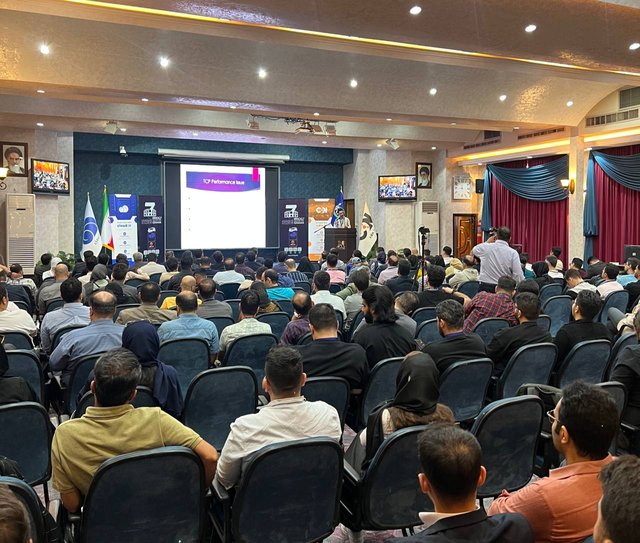
Community highlights
Beyond the technical talks, IRNOG 7 was a great place for people to meet, share ideas, and build relationships. One of the strongest parts of the event was the friendly and open atmosphere, where both new and experienced professionals could talk about real problems and learn from each other.
IRNOG has always focused on being a community-led and non-commercial space. That spirit was clear in Isfahan, where people from different companies - often competitors - sat side by side to discuss how to make the Internet in Iran more stable, secure, and modern.
As part of encouraging broader participation, IRNOG 7 also introduced a Fellowship Program. Four candidates were selected from among the presenters to receive travel support, including flight and accommodation, to attend the event in Isfahan. This helped ensure that talented contributors from outside the host city had the opportunity to take part, share their work, and connect with others in the community. It’s another step toward making IRNOG more inclusive and accessible to engineers across the country.
Milad Afshari noted that one of IRNOG’s biggest successes has been building a direct communication channel between engineers across different networks and organisations. This helps them solve problems faster and more effectively, simply by knowing who to talk to.
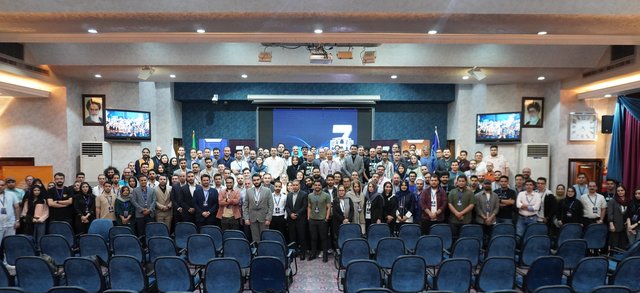
Workshops
A day before the main event, two free technical workshops were held for participants. These focused on IPv6 Fundamentals and Advanced Network Security. The workshops were hands-on and gave attendees a chance to gain practical experience and ask detailed questions.
Workshops like these are a key part of IRNOG’s goal to help grow technical skills across the country, especially for those who may not have access to formal training resources.
Closing and recognition
At the end of the event, the IRNOG team thanked everyone who helped make the event happen - including volunteers, speakers, and sponsors. For the first time, IRNOG also introduced a small award: two talks (one by a woman and one by a man) were selected by participant votes as the most popular presentations. The winners each received a $300 prize from the event’s host organisation.
This new tradition is meant to encourage even more people to share their knowledge in future events.

Conclusion
IRNOG 7 showed once again how important it is to have a strong, open, and connected technical community. By moving beyond Tehran and holding events in cities like Shiraz and Isfahan, IRNOG is reaching more people and helping build a truly national network of professionals.
From technical talks to hallway chats, the event brought real value to everyone involved. It also showed how much interest there is in learning, sharing, and working together to improve Internet infrastructure in Iran.
As the IRNOG community continues to grow, the hope is to see more cities involved, more young professionals joining, and more collaboration across networks and organisations. IRNOG is not just a meeting - it’s a movement to make the Internet in Iran stronger, more resilient, and more open to everyone.

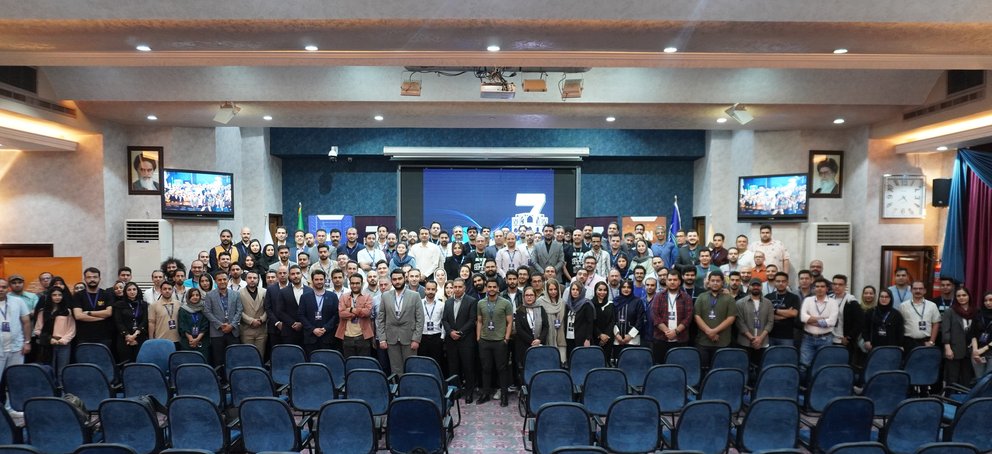

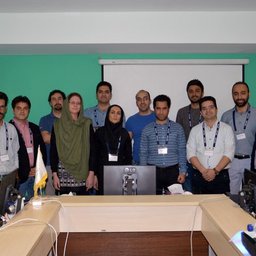
Comments 0